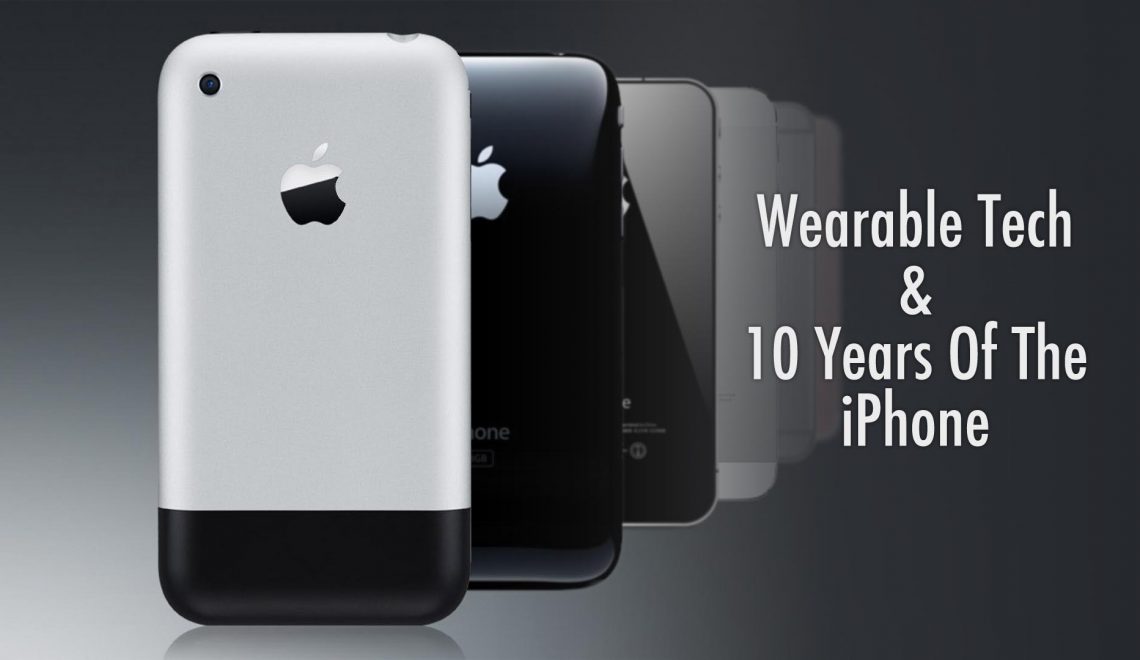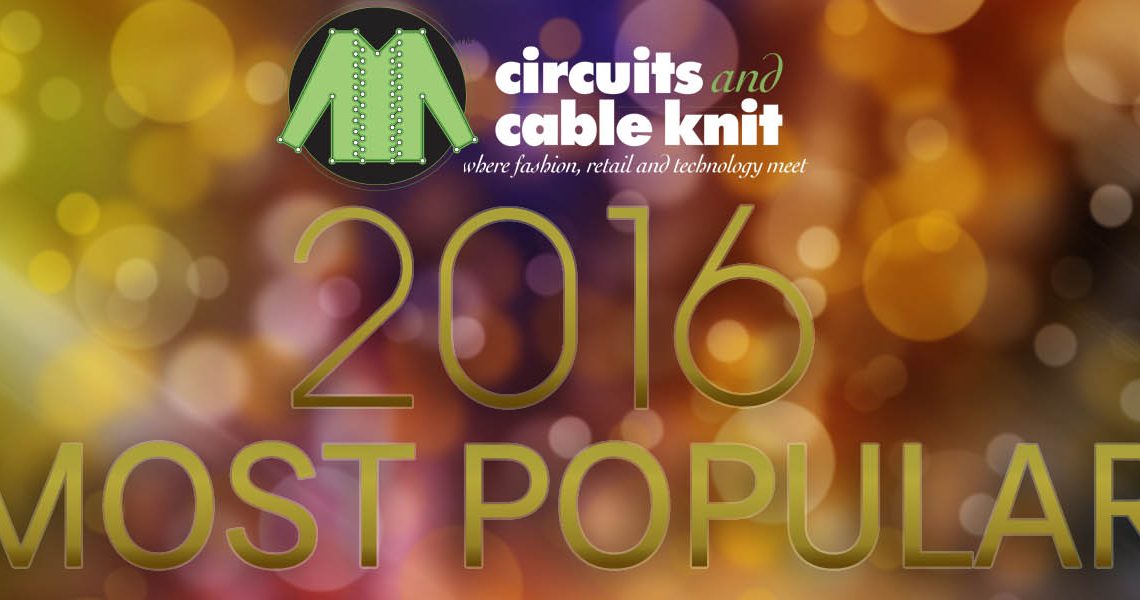Wearables seem to be going through a sophomore slump right now. They are at that awkward stage of the market where they are starting to find an audience, but that audience is beginning to gather underneath a few tentpoles. As a result, the periphery marketplace is collapsing. The bowing out of 4 major wearable makers (with others likely on the way) should not be read as a failure of the segment though. The tentpole companies are putting out really exciting products that people are clamoring for. The list below is sure to please anyone!
Xiaomi Mi Band 2
We have talked a lot about the Xiaomi Mi Band before. The bargain priced fitness / activity tracker has served as an example of why the writing is on the wall for expensive fitness trackers. Xiaomi’s new Mi Band 2 continues the push towards the pricing bottom by adding premium features such as a heart rate monitor and OLED screen to a tracker costing less than $40 (often closer to $20). The band is also able to alert you of notifications and packs a 2 week day battery like. Some users complain that the materials feel a bit cheap and that the auto workout-tracking can be a bit hit or miss but for the price it is tough to complain too much. Users also report that it is extremely comfortable to wear (more so than a Fitbit) and sleep tracking works better than expected.
All in all, the Xiaomi Mi Band 2 is a budget fitness tracker that puts premium wearable makers on notice; the most comparable Fitbit costs $150. If you have someone on your gift list that is on the fence about wearables, the Mi Band 2 might just be the perfect product for them to test the waters with!
Available only through online resellers
$20.00 – $40.00
Lumo Run
Runners love data. Period.
Garmin became one of the top wearable makers because of their expensive, highly data driven, running watches. While their devices are amazing if you want to do intervals and monitor heart rate zones, they will not necessarily help you become a better runner. So much of running is about form. Good form not only protects you from getting injured, it also greatly improves efficiency (letting you run further, faster). But we are never taught form so, unless you want to hire a running coach, chances are you run the way you run. Lumo Run is a wearable looking to change that. It looks like a tiny pedometer, designed to be clipped to the rear of your running shorts/pants. Inside are a bevy of sensors detecting scores of information about how you run. It detects cadence, braking, bounce, pelvic rotation, and pelvic drop and compares that against what should be your ideal form. As you run real time audio coaching is provided to your phone via Bluetooth and, when you finish your run, you are presented with information about how you compare to the ideal and recommendations of exercises that can help improve your stride.
Lumo Run is a clever, nonintrusive wearable. At the worst, it helps runners become more aware of what they could improve; at the best, it could help prevent an injury and maybe even shave 30sec off your per mile pace!
Amazon, Lumo Body Tech
$99.99
Fitbit Alta
The Fitbit Alta might not be the company’s most full featured fitness tracker. It lacks one major feature – a heart rate monitor (can we say “version 2”). But the Alta makes up for this shortcoming with style. The Fitbit Alta is easily the company’s best looking wearable device to date. And partnerships with Public School, Vera Wang, and Tory Burch only help cement that. Designed as fitness tracker that can go from the office, to the gym, to the evening out, there is something for everyone to love about the new Alta. We have made no secret about our trepidation regarding premium activity trackers. There is so little to separate them from budget priced alternatives that, other than brand name, it is tough to spend the extra money. The Fitbit Alta though is one of the exceptions. It is a beautiful looking, OLED, tap screen device that offers notifications, auto workout-tracking, sleep tracking, and silent alarms. But it is the interesting selection of accessories that really makes it stand out. From leather and metal bands to a stylish oversized watch frame, the Alta can truly be personalized to your style. This is a trend we would love to see more fitness trackers embrace!
If you are in the market for something more sporty and fitness focused, Fitbit’s Charge 2 is a premium (priced) fitness tracker that has all of the bells and whistles.
Amazon, Fitbit
$119.95 – $149.95
Smartwatch
If someone you know is looking to graduate from a fitness tracker or is interested in a deeper experience, a smartwatch is where it is at. These wearables offer a similar level of fitness tracking but add beautiful color screens, rich notifications, and apps to expand functionality. The market has seen a lot of consolidation this year and a few tentpole companies have emerged from the crowd. Depending on your mobile phone platform of choice, you likely will want choose a specific smartwatch.
Apple Watch Series 2
If you use an iPhone, the Apple Watch is the easy choice of smartwatches. While Android Wear and Samsung wearables will work with iOS, you will give up a number of features, including the ability to use the watch to reply to texts and answer phone calls. Even though 2016 did not bring a new design to the Apple Watch, just about every other aspect of the device was updated and improved. The most requested of the new features was GPS. Simply strap on the watch, launch a running app, and the wearable will use the GPS to track your run. No phone needed. Apple also implemented a clever technique to allow the updated watch to be waterproof to 50m. To allow the speaker to still work after being submerged, when you are finished in the water it emits a specialized frequency to shake the water out the speaker hole. Under the hood, the Apple also upgraded the processor, providing a meaningful speed bump to a device that used to feel a bit sluggish. When the new features are combined with watchOS 3’s reimagined user interface, you are left with a very compelling smartwatch. There is a reason you still see so many people wearing their Apple Watches everyday.
If you are looking to save some money, Apple also offers the Apple Watch Series 1. The Series 1 retains the processor upgrade of its sibling but looses the GPS and enhanced water resistance. Both models (and the original Series 0) can run watchOS 3.
Apple, Best Buy, Target
$369 – $1399
Samsung Gear S3 (And Gear S2)
The Samsung Gear S3 is the successor to the S2, which was a complete reimagining by Samsung of their wearables. The S2 was not only the company’s first round smartwatch, it was also among their most compact and introduced a new user interface paradigm via the device’s rotating bezel. For their follow up smartwatch, Samsung decided not to mess too much with a successful formula. Instead of introducing a slew of new features, the company made subtle adjustments to the Gear S3 to create an incrementally better device. First, they upgraded the Gorilla Glass 3 screen to Corning’s new Gorilla Glass SR+, designed specifically for the unique battering wearables are subjected to. Next Samsung standardized the integrated speaker across all models to improve notifications and allow voice calls. GPS is also now standard across the entire product line. Finally, Samsung upgraded the watch’s mobile payment abilities so that it can it can use both NFC tech and the company’s MST method (a technology that uses a magnetic field to allow you to make payments from a swipe terminal with your phone). Unfortunately these changes have resulted in a noticeably larger (46mm vs 42mm) and heavier (62g vs 47g) device than the previous Gear S2.
Interestingly Samsung dropped the price on the Gear S2 and kept it on the market. They run the same operating system and even have the same processor. Besides the changes mentioned above, there is very little difference between the two generations. This makes the Gear S2 a downright deal since it is priced significantly less than the Gear S3! But if you are looking for a speaker, GPS, and MST technology, the newer version could be worth the premium.
Samsung’s smartwatches run the company’s proprietary Tizen operating system and they are designed to work with Samsung’s smartphones. They are also compatible with Android phones and (to a very limited degree) iOS devices.
Samsung, Amazon, Best Buy
$350 (Frontier with LTE), $299 (Classic & Frontier), $249 (S2 Classic), $229 (S2 Standard)
Android Wear Smartwatch

Unlike its competition, there is not a lot that separates one Android Wear smartwatch from another. Google keeps a tight leash on the operating system and, as a result, manufacturers are not able to include features or enhancements that might distinguish one device from another. It is therefore tough to recommend a specific Android Wear device. A lot of it will come down to your sense of style and how important things like a heart rate monitor, GPS, and a mic/speaker are to you. just make sure you choose a watch that will be compatible with Google’s significant Android Wear 2.0 update.
The Huawei Watch is a flagship smartwatch. It features a classic, clean design that doesn’t jump out at you as a piece of tech. The 42mm watch face is thankfully on the smaller side for smartwatches and it should fit most wrists perfectly. The smaller size doesn’t mean that Huawei has skimped on features though; there is a heart rate monitor and an integrated speaker/mic. Unfortunately, similar to most android Wear devices, the Huawei Watch does not include GPS.
Amazon, Best Buy
$199.99 – 399.99
The Q Marshal (and it’s feminine counterpart, the Q Wander) is Fossil’s softer looking smartwatch. It has smaller lugs than the Q Founder and is 2mm smaller and 1mm thinner. The Android Wear device was designed for men with smaller wrists and who were looking for a less bold watch. We think overall it is a more stylish looking device. Functionality wise, the Q Marshal lacks a heart rate monitor and GPS but does including a speaker/mic.
While Lenovo has ceased development of the Moto 360 line of smartwatches, the 2015 edition is still a compelling choice. Compatible with Android Wear 2.0, the wearable is available in both a 42mm and 46mm version. Similar to the other Android Wear watches listed above, the Moto 360 lacks GPS (except the Sport version). Also missing is a speaker/mic but it does include a heart rate sensor.
Amazon
$300 – $350
Early in 2016, two smartwatches designed specifically for Android Wear 2.0 will launch. Google has partnered with an unnamed smartwatch producer to design and create the devices and they will be the first to utilize the new operating system. After the 1st Quarter launch of those watches, Android Wear 2.0 will begin rolling out as an update to existing wearables.







